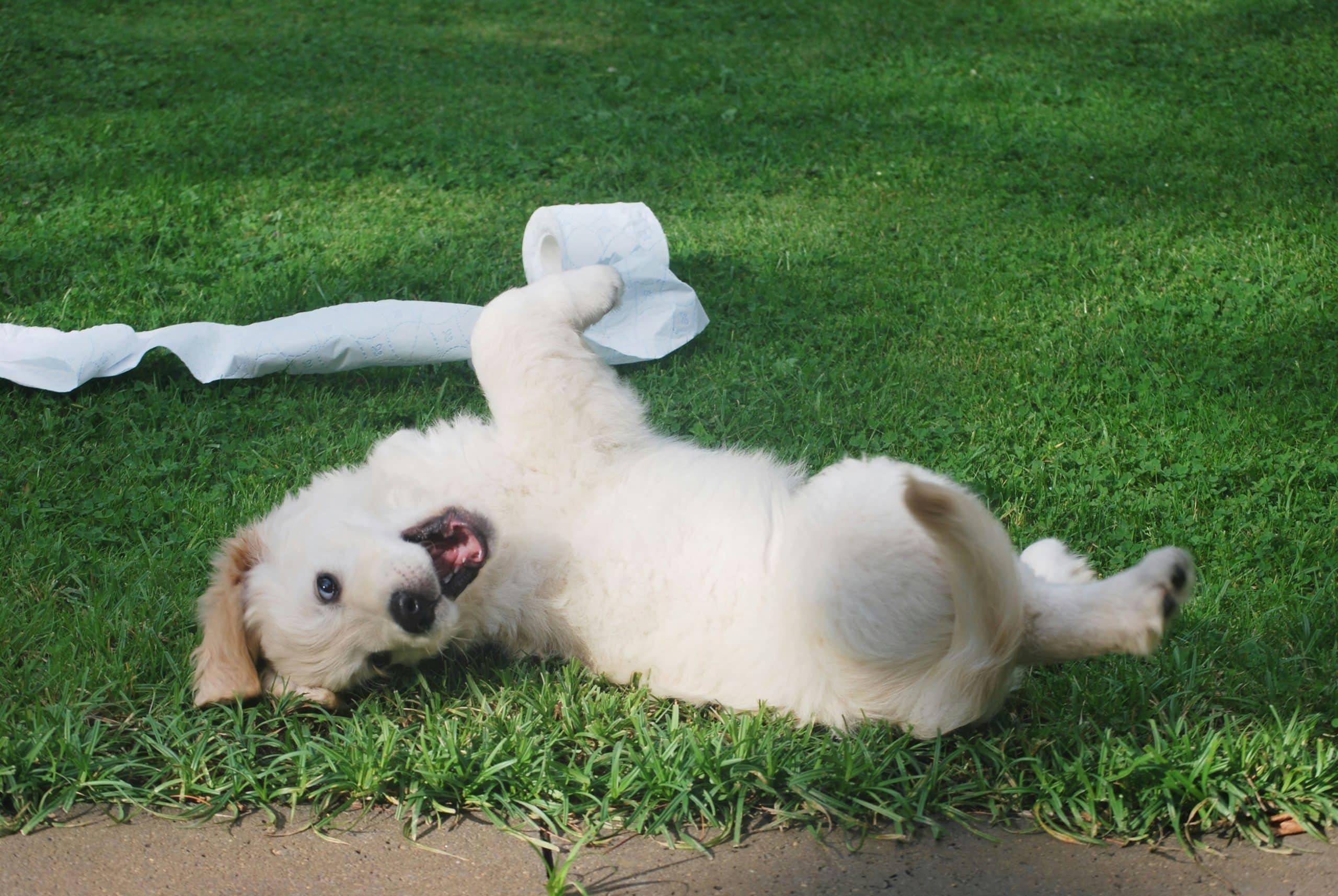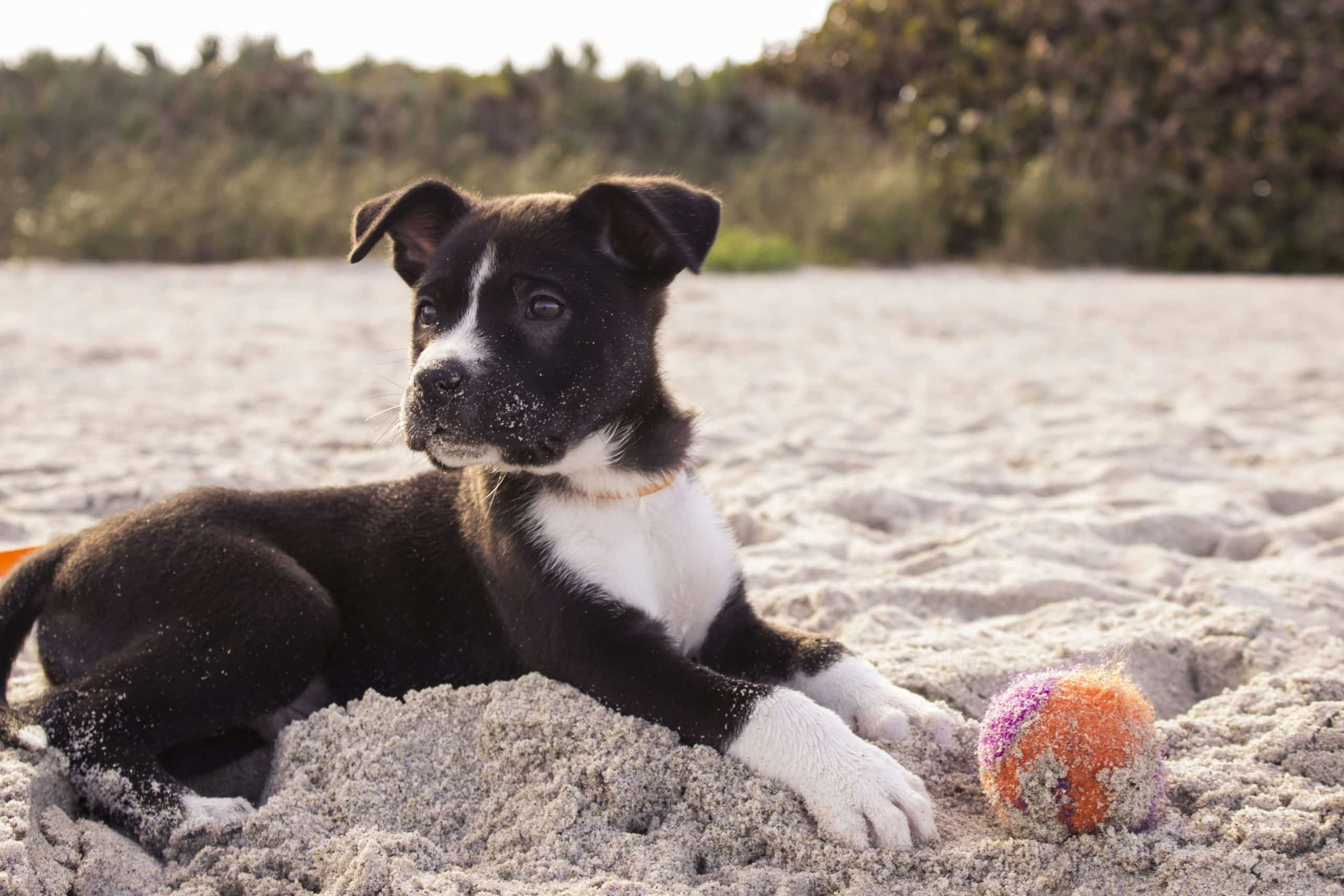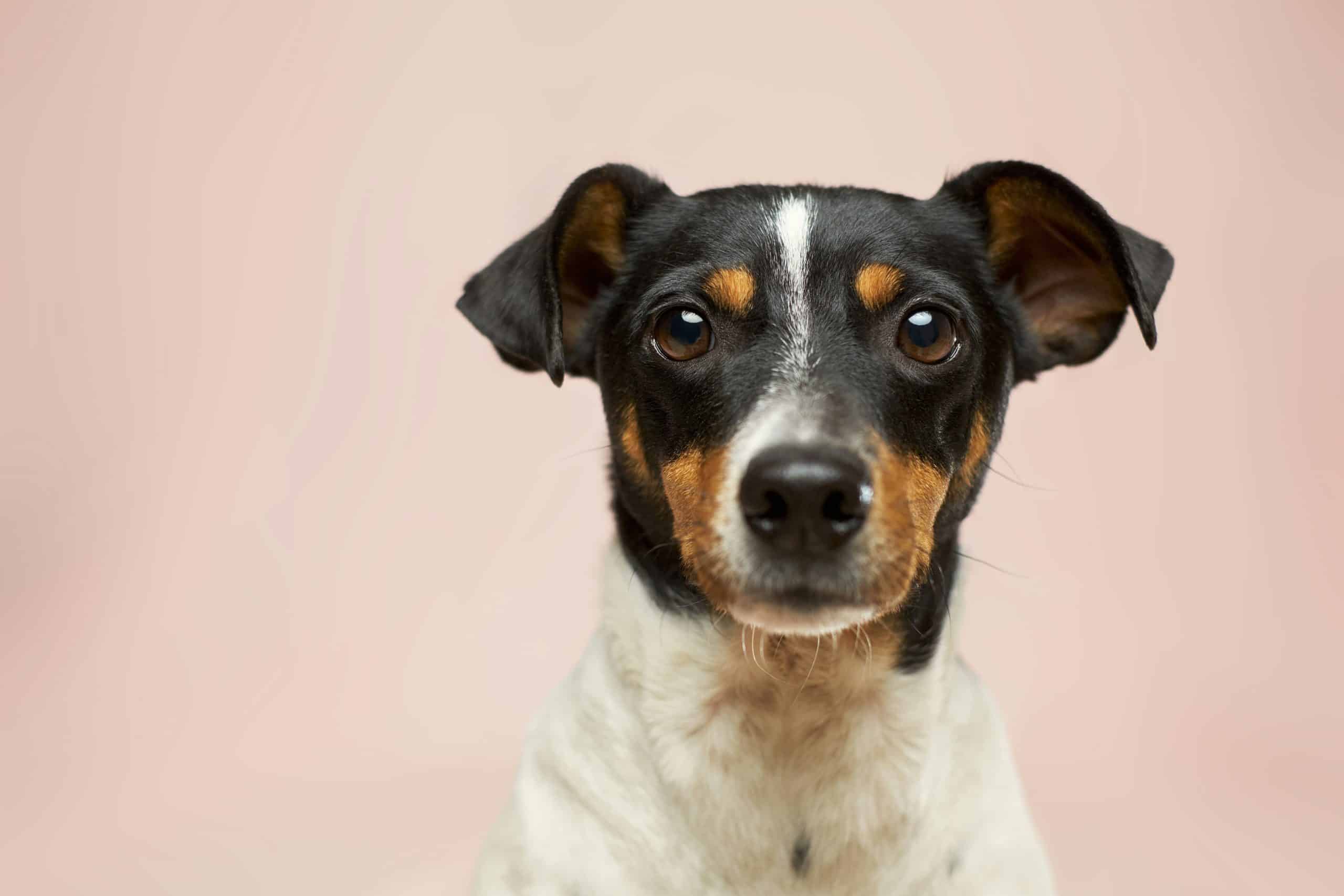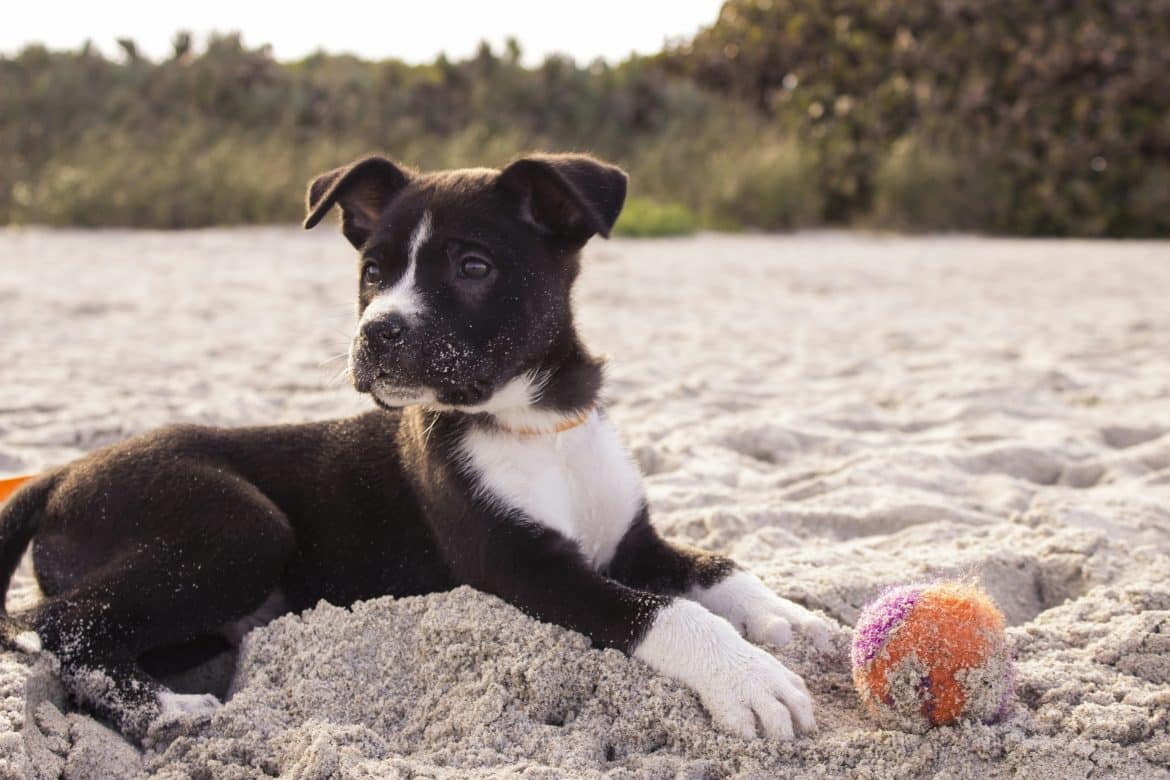So, you're wondering if it's possible to safely move your dog and her adorable puppies? Well, let's dive right into it. Moving your furry family can be a delicate process, but with proper planning and care, it can certainly be done without stress or harm. In this article, we'll explore some essential guidelines to ensure the safety and comfort of your dog and her precious little ones during their journey to their new home. Whether you're moving to a new house or have other reasons for relocating, you'll find valuable tips and reassurance to make this transition as smooth as possible.
Can I Safely Move My Dog and Her Puppies?
Preparation
Assessing the Situation
Before embarking on a journey with your dog and her puppies, it is essential to assess the situation carefully. Consider factors such as the age of the puppies, their health condition, and the distance you need to cover. Understanding these aspects will help you determine the best approach for transporting them safely.
Consulting with a Veterinarian
Consulting with a veterinarian is crucial when it comes to moving your dog and her puppies. They can provide valuable guidance specific to your dog's needs and offer advice on any health concerns you may have. A veterinarian will also evaluate the puppies' overall health and ensure they are fit for travel.
Gathering Necessary Supplies
To ensure a smooth and safe journey, gather all the necessary supplies beforehand. This includes a secure carrier or crate, bedding, food and water bowls, adequate ventilation, and toys or comfort items for the puppies. It's essential to have everything readily available to provide a comfortable and secure environment during transit.
Transportation Options
Traveling by Car
Traveling by car is often the most convenient and stress-free option for moving your dog and her puppies. Before starting the journey, ensure your dog is comfortable with car rides by gradually introducing them to short trips. Make sure to secure the carrier or crate properly in the car and provide ample ventilation. Additionally, plan for regular breaks to allow the mother dog to stretch her legs and tend to her puppies' needs.
Flying with Your Dog and Puppies
Flying with your dog and puppies may be necessary when moving long distances or across international borders. However, it is crucial to check the specific regulations and requirements of the airline you plan to use beforehand, as they may have restrictions on flying with young puppies. Make sure to book a direct flight whenever possible to minimize stress and minimize the time spent in transit.
Alternatives to Consider
In some cases, traveling by car or plane may not be feasible. In such situations, it's essential to consider alternative options. For instance, hiring a professional pet transportation service that specializes in moving dogs and their puppies may provide a safer and more convenient solution. These services often have the necessary expertise and resources to ensure a smooth and stress-free journey for your dog and her puppies.

This image is property of images.unsplash.com.
Safety Measures
Ensuring a Secure Carrier or Crate
One of the most critical safety measures when moving your dog and her puppies is ensuring a secure carrier or crate. It should be well-ventilated, escape-proof, and provide enough space for the mother dog to lie down comfortably. Double-check the carrier's stability and make sure it is properly secured to prevent any accidents during transit.
Minimizing Stress for the Mother Dog
Moving can be stressful for dogs, especially when they have puppies to care for. Minimize stress by keeping the mother dog's routine as consistent as possible throughout the journey. Stick to regular feeding and exercise schedules, and bring along familiar bedding or favorite toys to provide a sense of comfort and familiarity.
Protecting the Puppies' Health
The health of the puppies should be a top priority during the journey. Ensure they are up-to-date on their vaccinations and have been cleared by a veterinarian for travel. Keep a close eye on their temperature, as they are more susceptible to temperature changes than adult dogs. Avoid placing them in direct sunlight or cold drafts, and monitor their behavior and overall well-being throughout the trip.
Choosing the Right Time
Considering the Age of the Puppies
The age of the puppies plays a significant role in determining the right time to move them. Generally, it is recommended to wait until the puppies are at least eight weeks old before undertaking any significant travel. At this age, they are typically weaned, more resilient, and better equipped to handle the stress of transportation.
Timing in Relation to Vaccinations
Take into account the timing of the puppies' vaccinations when planning to move them. Consult with your veterinarian to ensure all vaccinations are complete and the puppies have developed sufficient immunity before embarking on the journey. This will help protect them from potential health risks during transit and upon reaching their destination.
Avoiding Extreme Weather Conditions
When planning the move, be mindful of extreme weather conditions that could endanger the health and safety of your dog and her puppies. Extremely hot or cold temperatures can be particularly challenging for young puppies. Try to schedule the journey during mild weather conditions and avoid traveling during periods of extreme heat or cold to safeguard their well-being.

This image is property of images.unsplash.com.
Preparing the Mother Dog
Maintaining the Mother's Routine
To help the mother dog remain calm and composed during the journey, it is essential to maintain her regular routine as much as possible. Stick to familiar feeding times and patterns, and provide her with regular exercise opportunities. By keeping her routine consistent, you can minimize any additional stress she may experience from the journey.
Creating a Comfortable and Familiar Space
The mother dog should have a comfortable and familiar space within the carrier or crate for the duration of the journey. Line the crate with soft bedding or blankets that have her scent on them, providing a sense of familiarity and comfort. Additionally, ensure that the space allows her to move around freely while also keeping the puppies safe and secure.
Monitoring and Securing the Puppies during Transit
Throughout the journey, it is crucial to monitor and secure the puppies within the carrier or crate. This can be done by using dividers or separate compartments to prevent them from getting too close to their mother, which can lead to accidental injuries. Regularly check on their well-being and make any necessary adjustments to ensure their safety and comfort.
Ensuring Puppies' Well-being
Maintaining a Suitable Temperature
Puppies are more susceptible to temperature changes, so it is vital to maintain a suitable temperature within the carrier or crate. Use blankets or hot water bottles to provide warmth during colder weather, and ensure proper ventilation to prevent overheating in warmer conditions. Monitoring the puppies' body temperature and adjusting as needed will help keep them comfortable throughout the journey.
Providing Frequent Feeding and Hydration
Young puppies require frequent feeding and hydration to support their growth and development. Ensure you have an adequate supply of food and water readily available for the journey. Feeding should be done in small portions at regular intervals, while water should be provided in a spill-proof container. This will help keep the puppies nourished and hydrated during transit.
Taking Regular Breaks for Exercise and Elimination
Just like their mother, the puppies will require breaks for exercise and elimination. Plan regular stops along the way to allow them to stretch their legs and relieve themselves. Keep a leash handy to ensure their safety while outside of the carrier or crate. Providing these breaks will help keep the puppies comfortable and prevent any accidents or discomfort during the journey.

This image is property of images.unsplash.com.
Informing Authorities and Accommodations
Checking Travel Restrictions and Regulations
Before traveling, ensure you are aware of any travel restrictions or regulations that may apply to your dog and her puppies. Some countries or airlines may have specific requirements regarding documentation, vaccinations, or quarantine periods. Research the rules and regulations in advance to avoid any complications or delays during your journey.
Notifying Airlines or Transportation Providers in Advance
If you are planning to fly or use a professional pet transportation service, it is vital to notify the airlines or providers well in advance. This will allow them to make the necessary arrangements and provide you with any specific instructions or requirements. Informing them about the presence of puppies will ensure they can accommodate their needs throughout the journey.
Arranging Suitable Accommodations at the Destination
Ensure you have suitable accommodations arranged for your dog and her puppies at the destination. Research pet-friendly hotels or rental properties that can accommodate your needs. It is important to provide a safe and secure environment for the mother dog and her puppies to settle in comfortably and recover from the journey.
Health Considerations
Updating Vaccinations and Medical Records
Before traveling, ensure that your dog and her puppies are up-to-date on their vaccinations and that their medical records are in order. This will provide them with the necessary protection against common diseases and ensure their overall health and well-being while in transit. Carry copies of their medical records with you, including vaccination certificates and any relevant health documents.
Addressing Any Health Concerns or Special Needs
If any of the dogs have specific health concerns or special needs, consult with your veterinarian in advance. They can provide advice and recommendations for managing any existing conditions during the journey. It may also be necessary to bring along any necessary medications or supplements to ensure the mother dog and her puppies remain comfortable and healthy throughout the trip.
Bringing Necessary Medications or Supplements
If your dog or her puppies require any medications or supplements, make sure to pack them securely for the journey. It is essential to have the necessary medications readily available in case of emergencies or unforeseen circumstances. Consult with your veterinarian to understand proper dosage and administration instructions to ensure their well-being during transit.
Monitoring and Supervision
Regularly Checking on the Puppies' Well-being
During the journey, it is crucial to regularly check on the puppies' well-being. Ensure they have a comfortable space to rest, are not showing signs of distress or discomfort, and are adequately feeding and hydrating. If you notice any unusual behavior or health concerns, consult with a veterinarian promptly to address any issues.
Not Leaving Them Unattended for Extended Periods
Never leave the mother dog and her puppies unattended for extended periods, especially during transit. They rely on your care and supervision to ensure their safety and well-being. If necessary, consider traveling with a companion who can help monitor and attend to the dogs while you are not able to do so.
Providing a Safe and Secure Environment at the New Location
Upon reaching your destination, it is crucial to provide a safe and secure environment for the mother dog and her puppies. Set up a designated space where they can settle and rest, away from any potential hazards or stressors. Gradually introduce them to their new surroundings, allowing them time to adjust and feel comfortable in their new home.
Post-Travel Adjustments
Allowing Time for the Mother Dog and Puppies to Settle
Moving to a new environment can be overwhelming for the mother dog and her puppies. Allow them sufficient time to settle and adjust to their new surroundings. Keep their routine consistent and provide plenty of love, attention, and reassurance to help them feel secure. Patience and understanding during this transition period will ensure a smooth adjustment for all.
Gradually Introducing Them to the New Surroundings
To minimize stress and anxiety, gradually introduce the mother dog and her puppies to the new surroundings. Start by confining them to a smaller area, such as a single room, and gradually expand their access to the rest of the house as they become more comfortable. This gradual introduction will help them familiarize themselves with their new home and reduce any potential anxiety.
Providing a Nurturing and Calm Environment for Recovery
Recovery from the journey and adjustment to a new environment can be physically and emotionally taxing for the mother dog and her puppies. Provide them with a nurturing and calm environment, free from excessive noise or disturbances. Provide them with ample rest, a balanced diet, and plenty of love and attention to aid in their recovery and adaptation.
Moving your dog and her puppies can be a complex and challenging process, but with careful planning and preparation, it can be done safely and comfortably. Assess the situation, consult with a veterinarian, and gather the necessary supplies. Explore different transportation options, ensuring the safety of the carriers and minimizing stress for the mother dog and puppies. Consider the age of the puppies, timing in relation to vaccinations, and extreme weather conditions when choosing the right time for the move. Prepare the mother dog by maintaining her routine, creating a comfortable space, and securing the puppies during transit. Ensure the well-being of the puppies by maintaining suitable temperature, providing frequent feeding and hydration, and taking regular breaks for exercise and elimination. Inform the authorities, airlines, or transportation providers in advance and arrange suitable accommodations at the destination. Address any health considerations, bring necessary medications, and closely monitor the puppies' well-being. After the journey, allow time for the mother dog and puppies to settle, gradually introduce them to the new surroundings, and provide a nurturing and calm environment for recovery. With these comprehensive steps, you can safely and successfully move your dog and her precious puppies.


